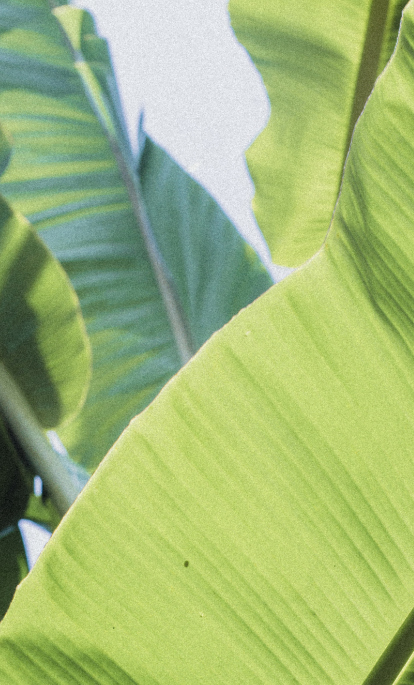Guyana, an ex-British colony and a melting pot of Afro-Caribbean, Amerindian, European, Brazilian and Asian influences, is a true wilderness, offering visitors dense tropical forests and spectacular waterfalls as well as authentic cities. If you’re looking to explore this undiscovered gem, then read on for our guide on the best time to visit Guyana.
The Overview
Temperatures in Guyana are stable year-round, and the country is blessed with a tropical climate, so set your expectations to ‘hot and humid’ and you won’t go far wrong. The weather is good across most of the country during March, September and October, making these months the overall best to visit Guyana. July is the hottest month, whereas February is the coolest. Visitors to Guyana should be prepared for hot nights, with temperatures only ever dropping by a few degrees. Humidity levels average 70% annually, with inland regions hovering around 90%. It’s also worth noting that the north coast experiences two wet seasons – May-June and December-February, although the sea temperature is suitable for swimming all year round.
December-February
This is the first wet season in the north of the country, where it is hot and humid, although coastal locations benefit from cooling sea breezes. The interior also experiences a shorter period of lighter showers towards the end of December. The ‘cashew rains’ at this time of year are so called because they arrive at cashew harvesting time. They last for two or three weeks and are seen as refreshing more than anything else. February is Guyana’s mildest month, with temperatures hovering between 23 and 29°C. While travelling by road isn’t recommended during this time, travelling by boat can be an easier (and magical) way to see the interior of the country.
March-April
It’s hot and humid but generally drier, so this is a great time for wildlife viewing and exploring the country’s heartland as everything becomes more accessible. March is also a good time to visit the gritty capital of Georgetown. Stabroek Market and Bourda Market are lively places to experience the culture and taste the local food.
May-June
This is the second rainy season in the north, and about 40% of the total annual precipitation falls during May and June, so expect it to be humid and overcast. Elsewhere it is drier but still hot and relatively humid. Kaieteur Falls, the world’s largest single drop waterfall by volume, is particularly impressive in May and June when it’s at its fullest. It’s accessible via a short one-hour flight from the capital, but those with the time and a sense of adventure may prefer to do an overland trek. As May and June are two of the wettest months in Georgetown, head instead to authentic Lethem, the city with the best climate, enjoying good weather eight months of the year.
July-August
July is the hottest month of the year and temperatures can easily reach over 32°C, feeling even hotter due to the humidity. It’s drier across the country and this is a good time to head for the coast to catch that sea breeze. On particularly hot and sticky days, Saxacalli Beach is one of the finest in Guyana, and is an easy day trip from Georgetown.
September-November
This is another good time for wildlife spotting and exploring the interior is easier as roads and attractions become more accessible. September and October are also good months to visit Georgetown but do plan for rainy day activities in case of downpours. St. George’s Cathedral is the city’s top attraction, but history buffs should also visit the Guyanese Heritage Museum. Quirkier places to check out include the Roy Geddes Steel Pan Museum, where you’ll receive a personal tour and mini-gig from the pan pioneer himself, and the El Dorado Rum Museum, to see how some of the world’s finest rum is made.














